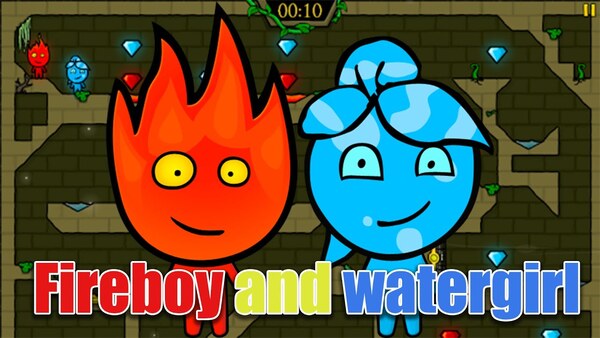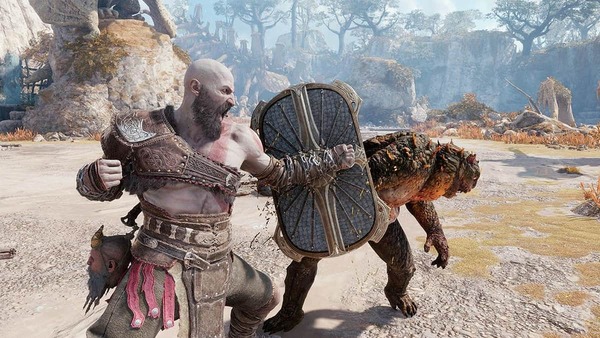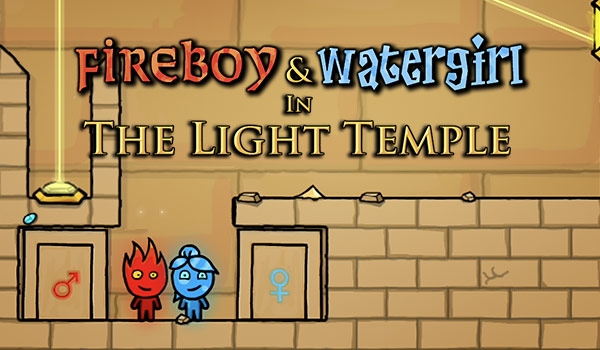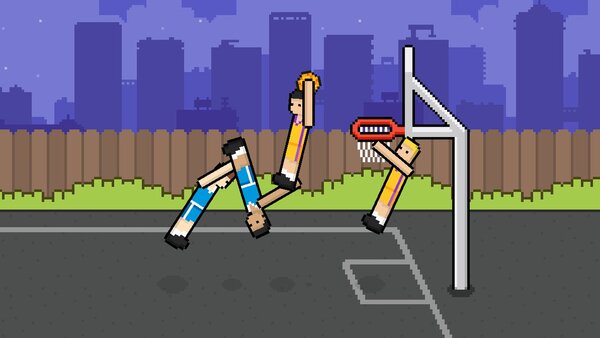Advertisement
Popular Now
Introduction
Fireboy and Watergirl 2: The Light Temple, a sequel to the popular puzzle-platformer, extends its predecessor’s cooperative gameplay into more intricate and challenging levels. While the game is designed to be enjoyable, one specific issue that stands out is the complexity of cooperation required to solve the increasingly difficult puzzles. This article delves deeply into the nuances of cooperation in Fireboy and Watergirl 2, exploring how it impacts gameplay, the strategies needed, and the overall experience for players.The Core Mechanics of Cooperation
Cooperation is at the heart of Fireboy and Watergirl 2. The game's design revolves around the unique abilities of its two characters—Fireboy and Watergirl—who must work together to navigate through levels. Fireboy can walk through fire and Watergirl can walk through water, creating a dynamic where each character’s strengths are essential for overcoming obstacles. The core mechanics involve using these unique abilities to interact with different environmental elements, such as pressure plates, moving platforms, and switches. The need to synchronize their actions to trigger mechanisms or move through obstacles adds a layer of complexity, demanding precise coordination between the two players. This aspect of cooperation is crucial for progressing through the game’s levels.Challenges of Asynchronous Gameplay
One of the key challenges in Fireboy and Watergirl 2 is managing asynchronous gameplay. While the game is designed for two players, it can also be played solo with the player controlling both characters. This setup often leads to difficulties in synchronizing actions, as the player must switch between characters rapidly to solve puzzles. Managing both characters simultaneously requires quick reflexes and strategic planning. For example, timing is essential when activating pressure plates or navigating moving platforms, and the challenge increases when puzzles involve multiple simultaneous actions. This asynchrony can be particularly demanding, requiring players to develop effective strategies for switching between characters and coordinating their movements.The Evolution of Puzzle Design
 Fireboy and Watergirl 2 introduces more sophisticated puzzle designs compared to its predecessor. The puzzles are designed with multiple layers of complexity, requiring both characters to interact with various elements simultaneously. The evolution of puzzle design reflects the game’s commitment to challenging players’ cooperative skills and problem-solving abilities.
New puzzle elements, such as rotating platforms and light-based mechanisms, add to the complexity. These elements require players to think critically about how to use their characters’ abilities in conjunction with one another. The increased difficulty in puzzle design emphasizes the importance of cooperation and strategic planning in overcoming obstacles.
Fireboy and Watergirl 2 introduces more sophisticated puzzle designs compared to its predecessor. The puzzles are designed with multiple layers of complexity, requiring both characters to interact with various elements simultaneously. The evolution of puzzle design reflects the game’s commitment to challenging players’ cooperative skills and problem-solving abilities.
New puzzle elements, such as rotating platforms and light-based mechanisms, add to the complexity. These elements require players to think critically about how to use their characters’ abilities in conjunction with one another. The increased difficulty in puzzle design emphasizes the importance of cooperation and strategic planning in overcoming obstacles.
The Role of Communication in Effective Cooperation
Effective communication is crucial for successful cooperation in Fireboy and Watergirl 2. Whether playing with a partner or managing both characters solo, clear and concise communication—or internal dialogue—is necessary to synchronize actions and solve puzzles. When playing with a partner, verbal communication helps coordinate movements, discuss strategies, and provide feedback. In solo play, internal communication involves planning and anticipating the actions of both characters. This aspect of the game highlights the importance of communication in achieving successful cooperation and overcoming challenges.Strategies for Coordinating Actions
To overcome the challenges of cooperation in Fireboy and Watergirl 2, players can employ several strategies to improve their coordination and efficiency. These strategies include pre-planning movements, utilizing in-game cues, and practicing synchronization techniques. Effective strategies for coordination include:- Pre-Planning: Discuss or plan movements and actions before executing them to ensure both characters are in sync.
- Using In-Game Cues: Pay attention to visual and auditory cues that indicate when platforms are moving or switches are activated.
- Practice Synchronization: Practice timing and movement to align with the game’s various elements, such as moving platforms and pressure plates.
Dealing with Obstacles and Hazards
The game features various obstacles and hazards that challenge players' ability to cooperate and synchronize their actions. These include traps, spikes, and environmental hazards that require precise timing to avoid. Navigating these obstacles demands careful coordination and quick reflexes. For instance, some levels include timed traps that activate and deactivate at specific intervals. Players must coordinate their movements to pass through these traps safely. Additionally, navigating through areas with hazards such as fire or water requires both characters to use their unique abilities effectively, further emphasizing the need for cooperation.The Impact of Solo Play on Cooperation Skills
 Playing Fireboy and Watergirl 2 solo presents unique challenges that affect cooperation skills. When controlling both characters, players must manage two sets of actions simultaneously, requiring advanced multitasking and synchronization skills.
Solo play can enhance players’ understanding of the game’s mechanics and improve their ability to coordinate actions. However, it can also lead to frustration if players struggle to manage both characters effectively. Balancing the needs of both Fireboy and Watergirl while solving puzzles requires a high level of skill and patience.
Playing Fireboy and Watergirl 2 solo presents unique challenges that affect cooperation skills. When controlling both characters, players must manage two sets of actions simultaneously, requiring advanced multitasking and synchronization skills.
Solo play can enhance players’ understanding of the game’s mechanics and improve their ability to coordinate actions. However, it can also lead to frustration if players struggle to manage both characters effectively. Balancing the needs of both Fireboy and Watergirl while solving puzzles requires a high level of skill and patience.






















